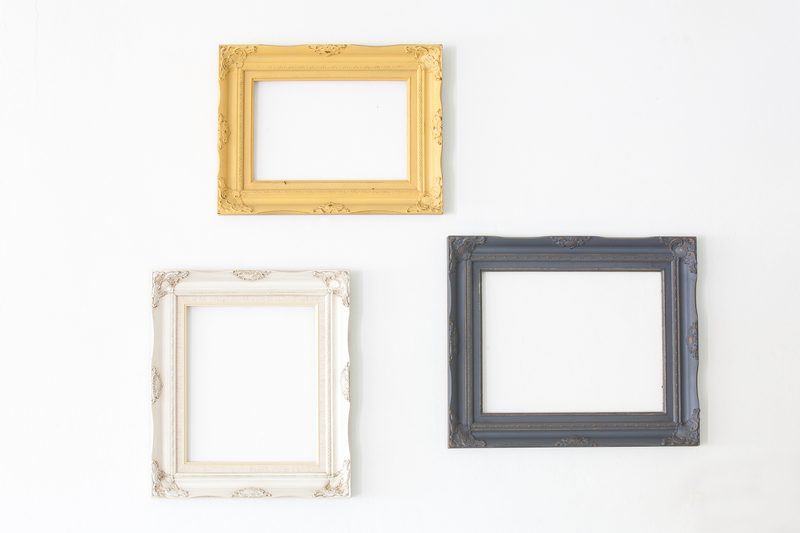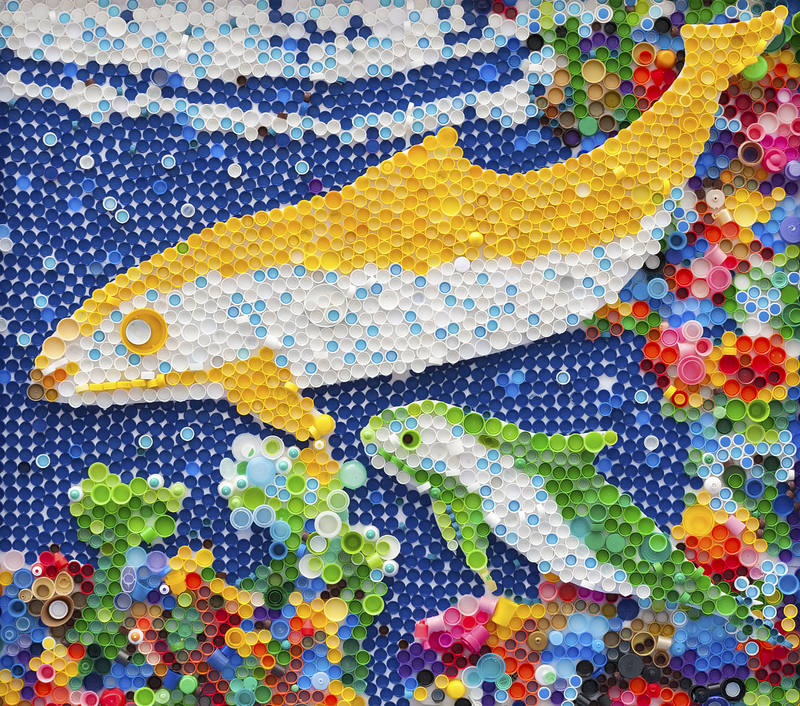Convenient Tips for Plant Pot Disposal
Plant pots play a vital role in our gardens, balconies, and indoor plant displays. With the growing love for gardening and houseplants, plant pot accumulation has become a common phenomenon. Whether you're a gardening enthusiast upgrading to fancy decorative planters, a plant parent dealing with too many old pots, or just someone doing a spring clean-up, you may find yourself asking a key question: How do I dispose of plant pots conveniently and responsibly?
This comprehensive guide will provide you with practical, eco-friendly, and straightforward approaches for plant pot disposal and offer smart tips to help you manage that stack of unused pots. Whatever kinds of planters you have--plastic, ceramic, clay, or biodegradable--this article has got you covered with plenty of solutions.
Why Proper Plant Pot Disposal Matters
Improperly disposed of garden pots can contribute to both environmental pollution and unnecessary landfill waste. Choosing responsible disposal methods not only declutters your home and garden but also helps protect the planet.
- Plastic pots can take centuries to decompose in landfill sites.
- Ceramic and terracotta pots may break into dangerous shards and add to waste volume.
- Even biodegradable pots need certain conditions to break down correctly.
With a little planning and creativity, you can give your old plant pots a second life, or ensure they're disposed of in an environmentally-friendly way.

Different Types of Plant Pots & Best Disposal Practices
1. Plastic Plant Pots
By far the most common, plastic plant pots pose the biggest challenge when it comes to earth-friendly disposal. Many plastics are not recyclable through curbside programs due to their material composition or contamination.
- Recycling Centers: Many cities and garden centers offer dedicated drop-off points for rigid plastics including plant pots. Look for recycling symbols (often #2 or #5) at the bottom of the pot.
- Reuse: Consider reusing plastic pots for propagation, storage, or crafts. See the reuse and upcycle section below for creative ideas.
- Return Schemes: Large garden centers or nurseries often run take-back schemes where you can return used pots for recycling or reuse.
2. Terracotta and Clay Pots
Terracotta and clay are beloved for their natural appearance, but they're not always recyclable. However, they are inert and can be safely returned to the environment by breaking them up and mixing them with soil, where they aid in drainage.
- Eco-Safe Disposal: Smash broken pots into small pieces and use them for drainage in other pots, garden beds, or as mulch.
- Craft Projects: Fragments can be used for mosaics, garden markers, or decorative edging.
- Upcycling: Old pots can become candle holders, bird baths, or fairy garden features.
3. Ceramic and Glazed Pots
Ceramic plant pots are durable but not biodegradable or easily recycled due to glazes and paints. Here are some smart ways to handle them:
- Offer undamaged pots on community platforms or plant swaps; many gardeners love secondhand ceramics.
- Broken ceramics can be repurposed for art projects or garden decorations.
- Contact local artists or schools who may use broken ceramics in mosaic classes.
4. Biodegradable and Compostable Pots
Recently, biodegradable pots made of peat, rice hulls, or coconut coir have become popular. These are designed to minimize waste but require specific disposal practices for best results.
- Composting: If you have a compost bin, most biodegradable pots can be composted (remove stickers or plastic labels first).
- Plant Directly: Many of these pots can be planted directly in the ground along with the plant, where they'll safely decompose.
Creative Reuse and Upcycle Ideas for Old Plant Pots
Before tossing your old planters, consider all the ways you can repurpose them to reduce waste and potentially add beauty or utility to your home and garden!
Give Away or Share
- Share with local community gardens, schools, or neighborhood gardening groups.
- Offer online on platforms such as Freecycle, Facebook Marketplace, or Buy Nothing groups.
- Take part in local plant pot exchange events, where gardeners swap unwanted planters.
Garden Crafts and Projects
- Decorate old pots with paints, stickers, or rope to create personalized containers.
- Stack pots for a creative vertical planter or make a charming fairy garden.
- Use fragments of broken pots as labels for your herbs and flowers (write plant names using a weatherproof marker).
Practical Household Uses
- Small pots can serve as desk organizers or drawer dividers for office supplies.
- Use larger planters for storing garden tools, hoses, or as compost caddies.
- Ceramic pots make beautiful storage containers for household items like kitchen utensils or craft supplies.
How to Prepare Plant Pots for Disposal or Reuse
No matter the disposal method you choose, it's important to start by getting your old planters properly cleaned and prepared. This ensures you won't be spreading pests or diseases and makes them more appealing for reuse or recycling:
- Remove debris: Knock out any remaining soil, roots, or plant material.
- Wash thoroughly: Use warm water and mild soap. Scrub with a brush to remove dirt and mineral deposits.
- Sanitize: Soak in a 10% bleach solution for a few minutes; rinse and air dry. This kills any pathogens or pests that might linger.
- Sort and organize: Keep similar pots together for easier disposal or donation. Stack for space-saving if you're storing or giving away.
Where Can I Recycle Plant Pots?
Most curbside recycling programs don't accept garden plastics, but specialized alternatives do exist. Here's where to look:
- Garden Centers & Nurseries: Many major chains host annual or ongoing pot recycling drives. Call ahead or check online for details.
- Community Depots: City-run recycling sites often accept rigid plastics or mixed materials separately from household waste.
- Specialized Recycling Companies: Some local recycling companies now handle horticultural plastics--visit their websites for drop-off locations and accepted items.
- Municipal Organics Programs: Biodegradable pots made from coir, peat, or similar material may be accepted with yard waste or compost collections.
Tip: Always check whether your pots are free from soil, labels, and adhesives, as these can disrupt the recycling process.
Frequently Asked Questions about Plant Pot Disposal
Can I put plant pots in the recycling bin?
Most residential recycling bins do not accept garden plastics, mainly because of contamination or material type. Always check your local guidelines or seek out specialty recycling drop-offs.
Are black plastic pots recyclable?
Black plastic is particularly problematic since recycling scanners can't detect it. Your best option is to reuse, donate, or return these to garden centers participating in take-back schemes.
What do I do with old, broken clay pots?
*Broken terracotta* makes excellent drainage material for potted plants. Scatter small pieces in the bottoms of planters, garden beds, or even garden paths and mosaic projects!
Do biodegradable pots really break down?
*Most biodegradable pots need to be planted in the garden or composted under the right conditions.* If in doubt, check the manufacturer's instructions to ensure they don't contain any non-compostable additives.
Eco-Friendly Alternatives to Throwing Away Plant Pots
Reducing waste is always better than disposal! Consider these sustainable practices:
- Choose long-lasting pots: Invest in high-quality containers that can be reused year after year.
- Opt for biodegradable options: These are best for starting seeds or temporary plantings.
- Return-and-refill systems: Ask your local nursery about programs for returning pots for a refill or exchange.
- Support brands that use recycled materials: Some companies make plant pots from recycled plastics, closing the loop on plastic waste.

Summary of Convenient Tips for Getting Rid of Old Plant Pots
- Clean and sort your old plant pots before deciding on recycling, donating, reusing, or upcycling.
- Research local options for recycling or returning used planters--most garden centers offer convenient services.
- Get creative with upcycling projects to breathe new life into chipped, worn, or outdated pots.
- Choose sustainable alternatives for your next planting project to reduce future waste.
Conclusion: Make Plant Pot Disposal Simple and Sustainable
Knowing how to dispose of old plant pots responsibly doesn't just free up space--it protects the environment and can even spark creativity. Whether you're recycling plastic planters, breaking up terracotta for garden use, or offering your extras to friends and neighbors, every little effort helps reduce landfill pressure and fosters a more sustainable gardening lifestyle.
Next time you're sorting out those extra pots, keep these convenient tips in mind. With a bit of effort and imagination, sustainable plant pot disposal can be easy, eco-friendly, and even fun!
Do you have your own creative ideas or experiences with plant pot disposal? Share your thoughts and inspire fellow gardeners to adopt greener habits!